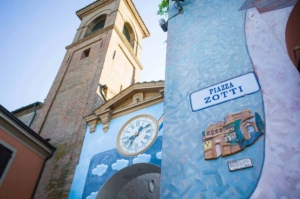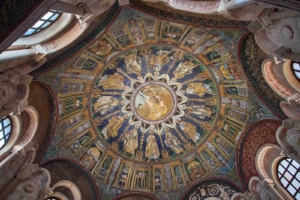Faenza: will you discover Italy’s ceramics capital?
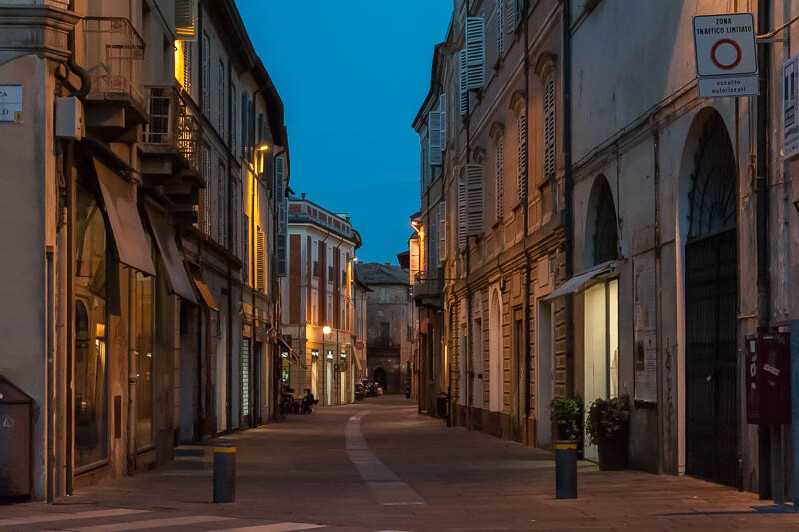
Nestled in the heart of Emilia-Romagna, Faenza is a charming Italian town that has left an indelible mark on the world.
Known for its centuries-old tradition of ceramic craftsmanship, Faenza is a must-visit destination for art lovers, history enthusiasts, and travelers seeking authentic Italian experiences.
But Faenza is more than just pottery.
The town boasts Renaissance architecture, vibrant piazzas, and a rich gastronomic scene that will surprise you.
Ready to discover what makes Faenza so special?
Keep reading, and by the end, you’ll have all the reasons to add this hidden gem to your itinerary!
Faenza, the city of ceramics
The tradition of majolica pottery
If you’ve ever heard the word faience, you already know part of Faenza’s legacy. This international term for tin-glazed pottery comes directly from Faenza, a city perfecting majolica ceramics art since the 12th century.
During the Renaissance, Faenza ceramics became highly sought-after across Europe, admired for their intricate patterns, vibrant colors, and exceptional craftsmanship.
Even today, artisans in Faenza continue to create hand-painted tiles, plates, and vases using traditional techniques passed down through generations.
Would you like to see how these masterpieces are made?
Many local workshops offer hands-on experiences where you can paint your own ceramic and take home a unique souvenir.
The history of Faenza’s ceramics
Faenza’s pottery tradition peaked during the Renaissance when noble families and wealthy patrons commissioned exquisite majolica plates and decorative tiles.
The town’s artisans mastered complex techniques, including lusterware and sgraffito, creating works of art that adorned palaces and churches.
Today, Faenza’s reputation as a global ceramics capital remains intact.
The town is recognized as a UNESCO Creative City for Crafts and Folk Art, celebrating its enduring influence in the world of handmade ceramics.
But where can you see some of the finest examples of Faenza ceramics?
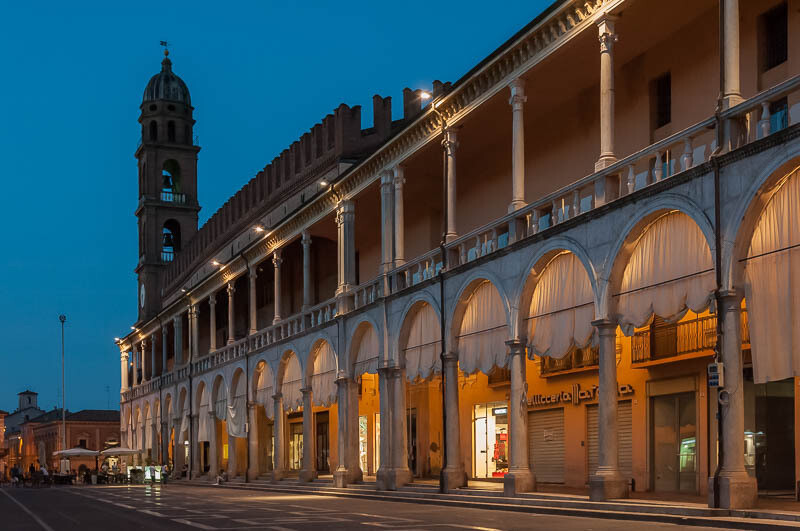
The International Museum of Ceramics (MIC)
If you love art and history, the International Museum of Ceramics (MIC) is a must-visit in Faenza.
Founded in 1908, it is the largest ceramic museum in the world, featuring an impressive collection of pieces from ancient civilizations to modern artists.
Collections showcasing historical and contemporary ceramics
The museum’s collection spans centuries, showcasing masterpieces from Italy, Spain, France, the Islamic world, and even pre-Columbian cultures.
You’ll find incredible works by famous artists such as:
- Gio Ponti, the Italian designer who revolutionized modern ceramics
- Carlo Zauli, a Faenza-born sculptor known for his abstract clay works
- Ivo Sassi, a local contemporary ceramic artist who reinterpreted traditional forms
- Pablo Picasso, who experimented with ceramics and added his signature Cubist touch
Beyond admiring ceramics, visitors can experience the art firsthand.
The MIC organizes workshops for children and adults, offering a fun, hands-on opportunity to create ceramic pieces under expert guidance.
It’s the perfect way to introduce young visitors to Faenza’s artistic heritage.
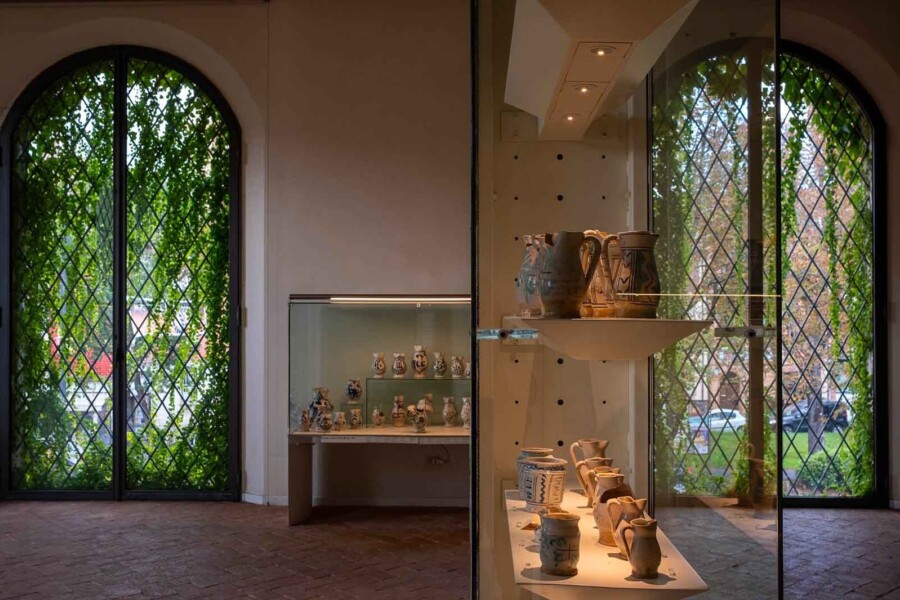
Faenza beyond ceramics: a cultural gem
Of course, Faenza isn’t just about pottery.
The town is rich in history, culture, and gastronomy.
What to visit in Faenza
- Piazza del Popolo: the heart of Faenza, lined with elegant arcades and historic buildings.
- Faenza Cathedral: A stunning Roman Catholic church designed in the style of the Tuscan Renaissance.
- Palazzo Milzetti: an architectural masterpiece of Neoclassical design.
- Villa Abbondanzi: a beautiful countryside estate, now a luxury hotel & spa.
If you’re up for a short trip, Brisighella, a medieval village with breathtaking views, is just 20 minutes away.
Where to eat in Faenza
Exploring Faenza works up an appetite, and luckily, the town offers fantastic traditional food. Here are some of the best spots:
- La Baita – a cozy restaurant famous for its homemade pasta and local wines. Try the passatelli, a unique pasta made with breadcrumbs, eggs, and Parmesan cheese.
- Clan Destino – a stylish spot perfect for aperitivo or a relaxed dinner.
- Trattoria Manueli – a family-run trattoria serving authentic Emilia-Romagna dishes up on the hills.
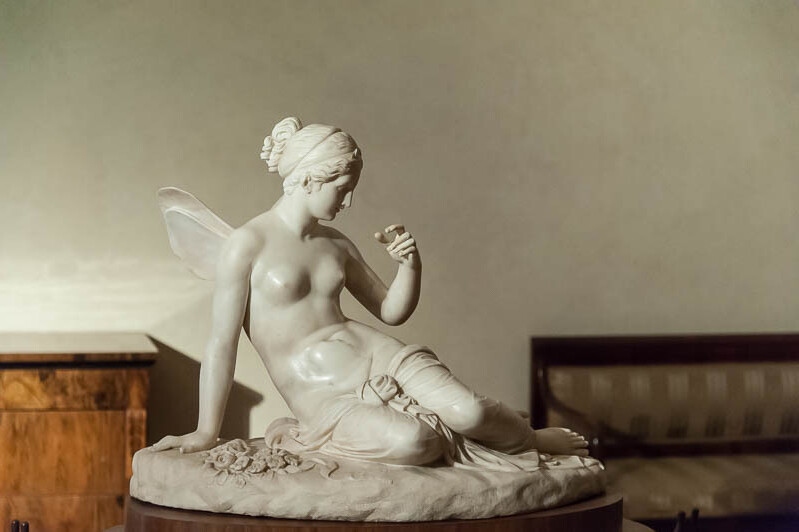
How to visit Faenza
Faenza is easily accessible from major Italian cities:
- From Bologna: take a direct train (40 minutes).
- From Florence: a scenic train ride through the Apennine Mountains (2 hours).
- From Ravenna: Just 30 minutes by train, making it a perfect day trip.
While you're in the area, don’t miss Ravenna, famous for its Byzantine mosaics.
If you want a truly immersive experience, join a Ravenna mosaic workshop and create your own mosaic masterpiece!
Conclusion
Faenza is a hidden gem in Italy, blending art, history, and culinary delights in a way that few places can.
Whether you’re fascinated by ceramics, eager to explore Italian culture, or simply love good food, this town has something for you.
Why not make your trip even more special?
Book our Ravenna Food and Mosaic Tour today and experience the best of Emilia-Romagna’s art and cuisine firsthand!
[Photos Jacqueline Poggi, license @Creative Commons]
